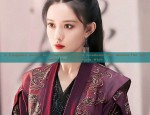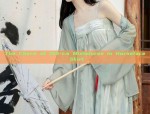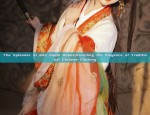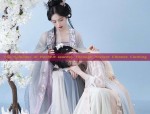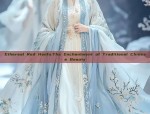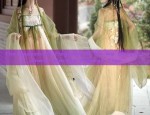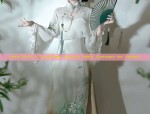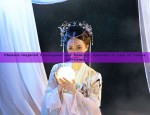The Ritual of Jiji Ceremony and the Revival of Hanfu Fashion
In the depths of Chinese history, the Jiji Ceremony marked a significant milestone in the life of a young girl, signifying her transition from childhood to adulthood. This ancient custom, steeped in profound cultural traditions, was not only a rite of passage but also a profound expression of respect for the passage of time and the transformative power of life. Today, with the revival of traditional culture, the Jiji Ceremony and its associated attire, Hanfu, have experienced a renaissance, reconnecting modern individuals with their ancient roots.
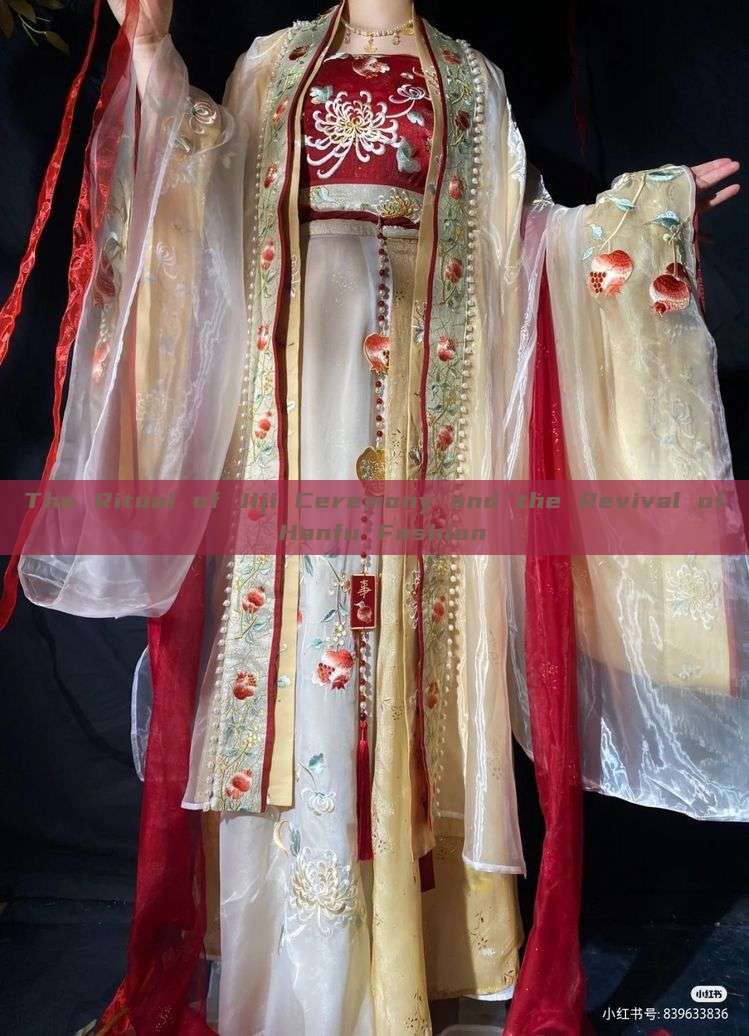
The Jiji Ceremony, also known as the "Adulthood Ceremony," is an integral part of traditional Chinese culture. It is a ceremony that crowns the head of a young woman with the adult's hairpins, symbolizing her entry into adulthood. This ceremony is steeped in symbolism and ritual, reflecting the deep-rooted cultural values of respect, honor, and responsibility. The ceremony marks the beginning of a new chapter in the girl's life, where she is expected to shoulder greater responsibilities and exercise her authority as an adult.
The attire worn during the Jiji Ceremony, Hanfu, is an integral part of the ceremony itself. Hanfu, originating from the Han dynasty in China (206 BC – 8 AD), is a traditional clothing style that reflects the cultural essence of China. The intricate designs, vibrant colors, and meticulous craftsmanship of Hanfu are not just a fashion statement but also a testament to the rich cultural heritage of China.
The revival of Hanfu for the Jiji Ceremony is not just a trend but a cultural renaissance. It allows modern individuals to connect with their ancestors and understand their cultural roots better. The ceremony provides an opportunity for young women to understand their cultural heritage and embrace their role as responsible adults. By wearing Hanfu, they are not just adopting a traditional attire but also embracing the values and traditions associated with it.
The intricate details and designs of Hanfu are not just for aesthetics but also carry deep cultural meanings. The patterns, colors, and accessories used in Hanfu reflect different cultural symbols and values. For instance, the use of specific colors like red or gold represents luck and prosperity, while certain patterns like dragon or phoenix symbolize power and beauty. These symbols not only enhance the beauty of the attire but also instill certain values and beliefs in the wearer.
The revival of Jiji Ceremony and Hanfu has also sparked a renewed interest in traditional Chinese culture and arts. More people are turning to traditional crafts like embroidery and silk painting to create their own Hanfu attire. This not only provides an opportunity for individuals to express their creativity but also helps in preserving and promoting traditional crafts and culture.
In conclusion, the Jiji Ceremony and Hanfu are not just a ceremony or a fashion trend but a bridge between the past and the present, connecting modern individuals with their cultural roots. The revival of this ancient custom allows modern individuals to understand and embrace their cultural heritage better while instilling traditional values and beliefs in them.
Moreover, it provides an opportunity for modern individuals to contribute to the preservation and promotion of traditional culture and crafts. By embracing Hanfu and participating in the Jiji Ceremony, they are not just honoring their ancestors but also preserving the rich cultural heritage of China for future generations. In this way, the Jiji Ceremony and Hanfu serve as powerful symbols of cultural continuity and rejuvenation.

 Previous Post
Previous Post

